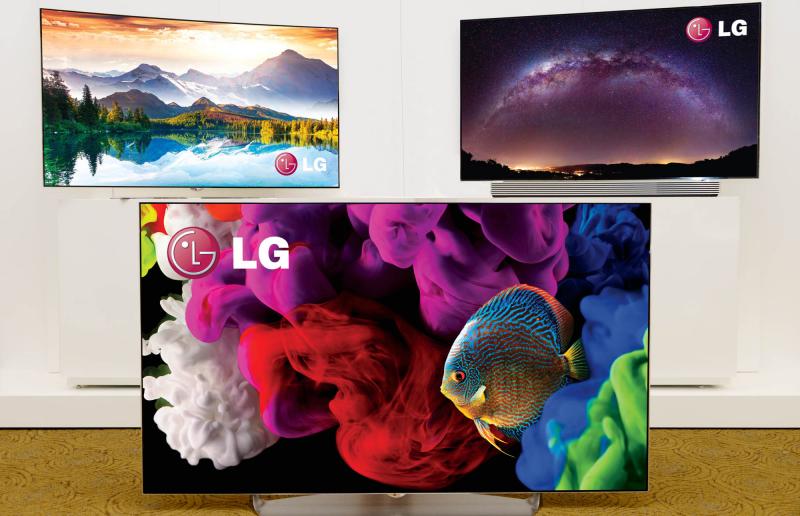State of the Art in TV Technology:
Last week I was fortunate to attend LG's 2016 Roadshow for their 2016 TV's models.
LG brought their latest SUHD LED 4K TV along with a OLED 4K TV for comparative purposes. To be clear, the SUHD 4K LED TV is an outstanding version of current LED technology and had an amazing picture, in its own right. That said, when compared to the OLED TV displaying the identical source material, the quality differences were manifest! There was absolutely no denying that the OLED technology was far superior to the LED in every category possibly other than overall attainable brightness. Incidentally, "Brightness" is arguably the least important spec when it comes to overall picture quality and in many cases can adversely affect the overall on-screen picture quality.
So, what is it about OLED TV's that make them so outstanding. In a word, Contrast (Black Level). Contrast is the difference between the brightness and darkest pictures attainable and is measure as a ratio. Manufacturers' have a tendency to exaggerate performance characteristics, but at the end of the day, the very best LED TV has a Contrast Ratio of approximately 20,000:1. Now this sounds like an incredible statistic and it is an enviable measurement, to be sure. However, when we look at the Contrast Ratio, afforded by OLED technology, OLED provides an astronomical ratio of a Million:1. What this means in real terms is OLED Technology can deliver Perfect Blacks and this has an amazing and profound impact on picture quality. The colors simply jump off the screen.
HDR:
HDR or High Dynamic Range is a relatively new specification being promoted by all TV manufacturers and the industry, as a whole. Currently, HDR is available in two versions...Dolby Vision and HDR 10. Dolby Vision is superior to HDR 10 but both versions provide for an enhanced viewing experience when compared to non-HDR viewing. Some manufacturers’ support HDR 10 and others support Dolby Vision. LG happens to support both versions, which is another real plus.
Color Gamut:
Today's TV technology is far superior to what was available just a few short years ago. The older REC 709 broadcast standard is being supplanted and or replaced with a more up to date versions (REC 2020) and here too the advancements are rather spectacular. REC 709 is based on 8 bit color depth, which provides the ability to display 16.7 million onscreen colors. Truly impressive. However, the newer REC 2020 standard is based on either a 10 bit or 12 bit color depth model. Accordingly, this newer standard is capable of displaying over a billion colors! As one can plainly see, these differences aren't subtle but rather extrodinary in scope.
Conclusion:
OLED's ability to deliver Infinite Blacks, Dolby Vision or HDR 10 and enhanced Color Palette (gamut) is simply revolutionary. It is no wonder why LG's OLED TV Displays have won the prestigious TV Shootout Award 3 years running. This year’s results were arguably even more impressive as they won in every judged category, excepting one and the final tabulation was pretty one-sided in LG's favor.
As the old saying goes, "seeing is believing". If you are in the market for a new TV Display and have an appetite for stellar picture quality, I'd strongly urge you to audition LG's OLED TV's. Highly recommended!











